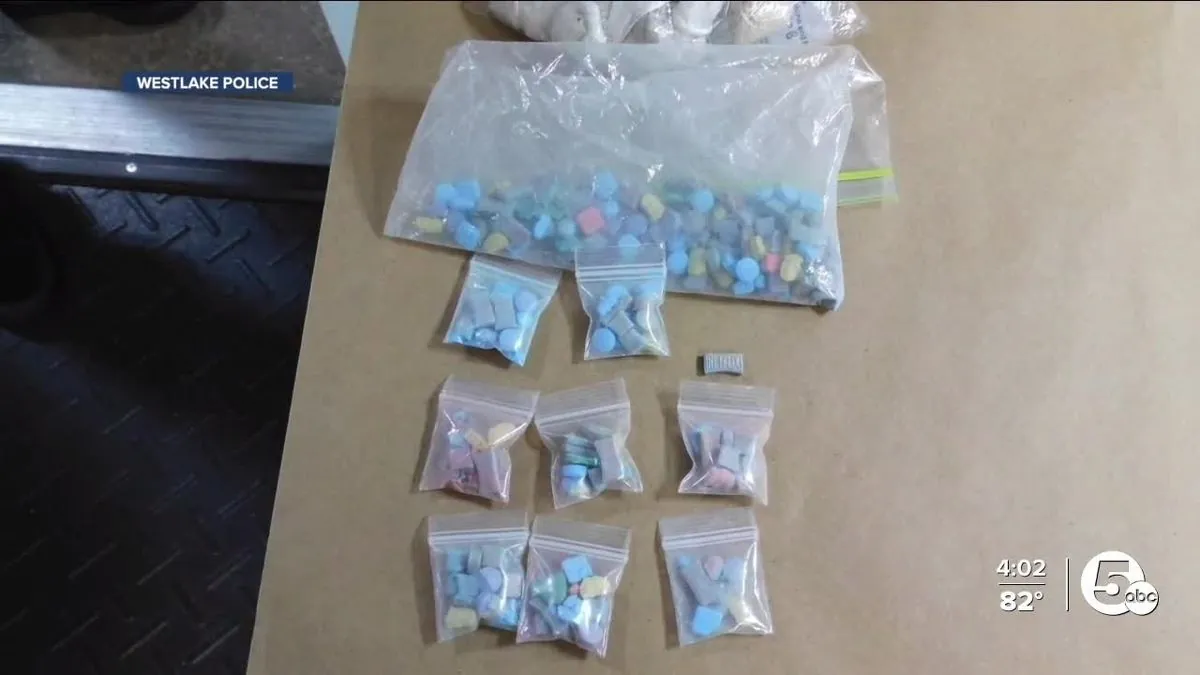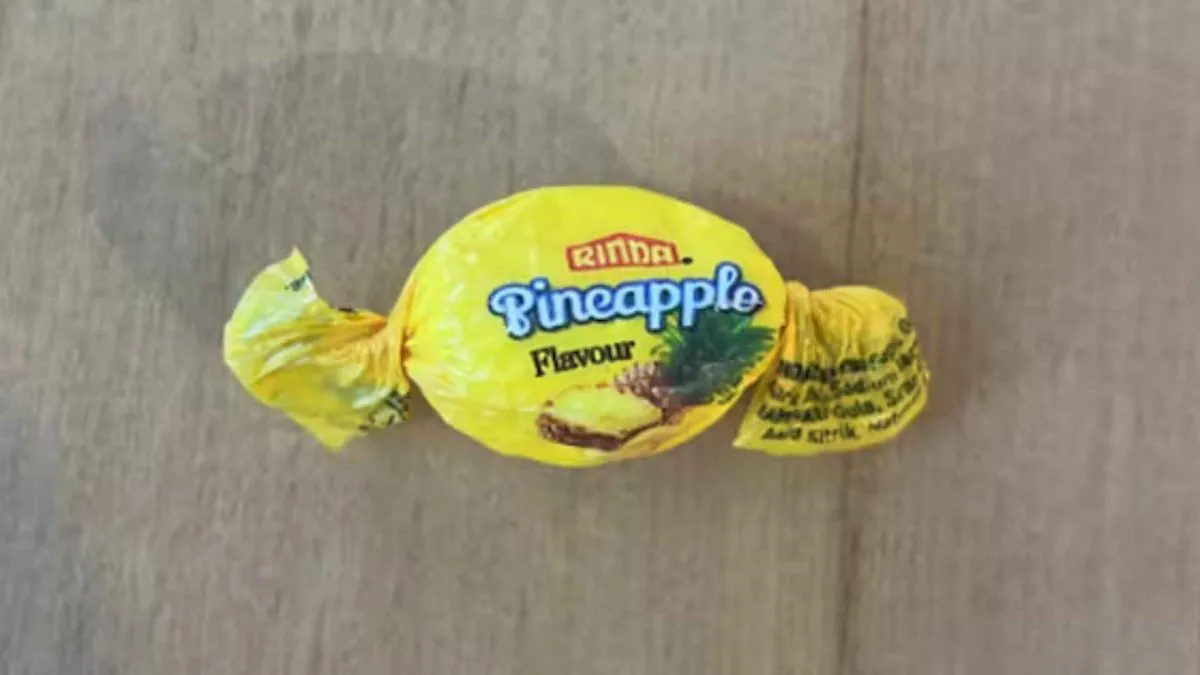Meth-Laced Candies Donated to Auckland Charity Spark Investigation
Auckland authorities investigate methamphetamine-contaminated candies donated to a charity. Several families affected, including children. Police and charity officials respond to the potentially lethal situation.

In a concerning development, New Zealand authorities have launched an investigation into methamphetamine-contaminated candies donated to an Auckland charity. The incident has raised alarms about the potential dangers lurking in seemingly innocent donations.
Helen Robinson, chief executive of Auckland City Mission-Te Tāpui Atawhai, reported that at least eight families were affected by the contaminated sweets. The charity, established in 1920, has been a cornerstone of support for those in need in Auckland for over a century.

The contaminated candies were discovered when a community member alerted the charity after tasting a suspicious sweet. Subsequent testing by the NZ Drug Foundation revealed a shocking concentration of approximately 3 grams of methamphetamine per candy. Sarah Helm, Executive Director of the NZ Drug Foundation, emphasized the extreme danger of ingesting such a high dose, stating it could potentially be fatal.
"Swallowing that much methamphetamine is extremely dangerous and could result in death."
The incident has brought attention to New Zealand's ongoing struggle with methamphetamine abuse. The country has one of the highest rates of methamphetamine use per capita globally, with the drug often referred to as "P" or "Pure" on the streets.
Glenn Baldwin of the New Zealand Police reported that 16 contaminated candies had been found so far. The investigation is in its early stages, with authorities keeping an open mind about the circumstances surrounding the donation. Initial theories suggest the possibility of accidental donation by someone unaware of the candies' contents.
The contaminated sweets were identified as Rinda-brand pineapple-flavored candies. Steven Teh, general manager of Rinda, a Malaysian company, has stated their commitment to cooperating with authorities and emphasized that their products do not contain illegal substances.
The methamphetamine content in each candy is estimated to be worth over 1,000 New Zealand dollars (approximately $608). This high value raises questions about potential criminal involvement, as noted by Ben Birks Ang, deputy executive director of the NZ Drug Foundation.
The incident highlights the severe penalties associated with methamphetamine in New Zealand. Under the Misuse of Drugs Act 1975, methamphetamine is classified as a Class A controlled drug, with a maximum penalty of life imprisonment for manufacturing or supplying.
As the investigation continues, the Auckland City Mission-Te Tāpui Atawhai has taken swift action, contacting between 300 and 400 people who may have received food parcels containing the contaminated candies. The charity's prompt response underscores the seriousness of the situation and their commitment to community safety.
This alarming incident serves as a stark reminder of the ongoing challenges faced by law enforcement and health officials in combating drug abuse and ensuring the safety of charitable donations. As the investigation unfolds, it will likely prompt discussions about enhancing screening processes for donated goods to prevent similar occurrences in the future.


































